A series of breakthrough policies to remove obstacles to public investment: Promoting "seed capital" to flow quickly into the economy
Yesterday (October 29), the National Assembly listened to and discussed the Draft Law on Public Investment Amendment. A series of breakthrough regulations in the Draft, such as separating site clearance into independent projects, assigning one locality as the focal point for projects passing through many localities, and strong decentralization, are expected to boost public investment capital flowing into the economy.
 |
| With the breakthrough amendments, it is hoped that the project's progress will be accelerated by removing site clearance bottlenecks. Photo: d.t |
Clearing land clearance
According to the Draft Law on Public Investment Amendments submitted by the Government to the National Assembly, there are 5 main groups of amended policies. These are institutionalizing pilot and specific mechanisms and policies that have been approved by the National Assembly; continuing to promote decentralization and delegation of authority; improving the quality of investment preparation, resource exploitation, and capacity to implement public investment projects of localities and state-owned enterprises; promoting the implementation and disbursement of ODA capital plans and preferential loans from foreign donors; simplifying procedures, supplementing and clarifying concepts, terms, and regulations, ensuring consistency and uniformity of the legal system.
In particular, the policy of separating site clearance work into independent projects; decentralizing and delegating power to localities and simplifying investment procedures and project preparation is expected to bring about the most breakthroughs.
Specifically, the Draft Law on Public Investment Amendment allows the separation of compensation, support, resettlement, and site clearance into independent projects for all project groups (including group B and C projects). The pilot application of this policy in Khanh Hoa shows that project progress has been shortened by 6-8 months. At the same time, it eliminates the current vicious cycle of site clearance (slow site clearance - cost increase - project adjustment - slow site clearance).
Delegate Nguyen Thi Phu Ha (Hoa Binh province) said that slow disbursement of public investment capital has been a problem throughout this term, with the main problem being site clearance.
According to this delegate, in other countries, site clearance, construction drawings, etc. are included in the investment preparation stage. Once the project is completed in the preparation stage, capital can be allocated and implemented immediately. In our country, according to the provisions of the Law on Public Investment and related laws, the investment preparation stage only stops at the step of approving the investment policy and making the investment decision. After the investment decision is made and capital is allocated, then surveying, designing, etc. begin, but in fact, it is still in the investment preparation stage. Therefore, separating site clearance will solve the current bottleneck in public investment disbursement.
In addition, the Draft also makes many breakthrough proposals and policies to simplify procedures, such as assigning one province as the focal point for implementation of projects passing through many provinces, and one district as the focal point for implementation of projects passing through many districts; simplifying procedures for making medium-term and annual public investment plans; proposing a 20% limit for projects spanning two medium-term periods, not applicable to important national projects...
Increasing decentralization, decentralization, expecting "seed capital" to flow quickly into the economy
In addition to removing obstacles in site clearance, the revised Draft Law on Public Investment this time introduces a series of regulations to promote decentralization and delegation of power.
Specifically, the Draft Law stipulates decentralization and authority to adjust the medium-term public investment plan of central budget capital between ministries, central and local agencies from the National Assembly Standing Committee to the Prime Minister; decentralization of authority to decide on the use of the central budget capital reserve, unallocated central budget capital in the medium-term public investment plan from the National Assembly to the National Assembly Standing Committee; decentralization of authority to People's Committees at all levels to adjust the medium-term public investment plan of local budget capital under their management...
The draft also proposes to increase the scale of important national projects to 30,000 billion VND, and the scale of group A, group B, and group C projects to double. The heads of ministries and central agencies decide on investment policies for group A projects managed by their agencies and organizations with capital scale of less than 10,000 billion VND; group A projects from 10,000 billion VND to less than 30,000 billion VND are under the authority of the Prime Minister. People's Committees at all levels decide on investment policies for group B and group C projects managed by localities; decentralize authority to chairmen of People's Committees at all levels to adjust medium-term and annual public investment plans...
Speaking to National Assembly delegates at the previous group discussion session, Minister of Planning and Investment Nguyen Chi Dung affirmed that the promotion of decentralization and delegation of power is in line with the spirit of the 10th Central Conference: locality decides, locality acts, locality takes responsibility. When decentralization is strong to localities, the Government and the National Assembly will play the role of creating, building mechanisms, policies and inspecting and supervising in a "proper and responsible manner" as the General Secretary requested.
The majority of opinions from the review agency (the Finance and Budget Committee of the National Assembly) agree with the Government's proposals. However, some opinions still express concerns. For example, the separation of compensation, support, resettlement, and site clearance into independent projects needs strict regulations to avoid waste; the decentralization of authority to People's Committees at all levels to decide on investment policies for Group B and Group C projects managed by localities needs measures to control power to limit abuse of power...
According to National Assembly deputies, the pressure to disburse public investment capital this term is very large (VND2.87 trillion), in 2025 alone, the Government is expected to disburse VND790 trillion in public investment capital. Therefore, overcoming the "disease" of slow disbursement of public investment capital is an urgent issue and the first solution must come from institutional breakthroughs.
“I have read the Draft Law on Public Investment Amendments, as well as a draft law amending four laws in the investment sector. These drafts are of great significance in institutional improvement. If passed, they will remove bottlenecks in the public investment sector,” said delegate Tran Hoang Ngan (HCMC).
The Draft Law on Public Investment amended this term codifies a number of provisions that have been proven correct in practice. In the past, the pilot of separating site clearance into independent projects, unifying a focal point for handling inter-regional projects... has proven to be clearly effective in practice, helping to quickly resolve difficulties in implementing public investment projects. Therefore, it is very necessary for the Draft Law on Public Investment amended to codify provisions that have been proven correct in practice. In addition, the Law also promotes decentralization, delegation of authority, and increases the value of key national projects, type B and C projects, helping localities, ministries and branches proactively decide on more projects...
With these breakthrough amendments, the Draft Law on Public Investment, if passed, will contribute to solving the current investment bottleneck. Accordingly, frozen projects will be reduced, and many projects will come to life.
Delegate Tran Hoang Ngan (HCMC)




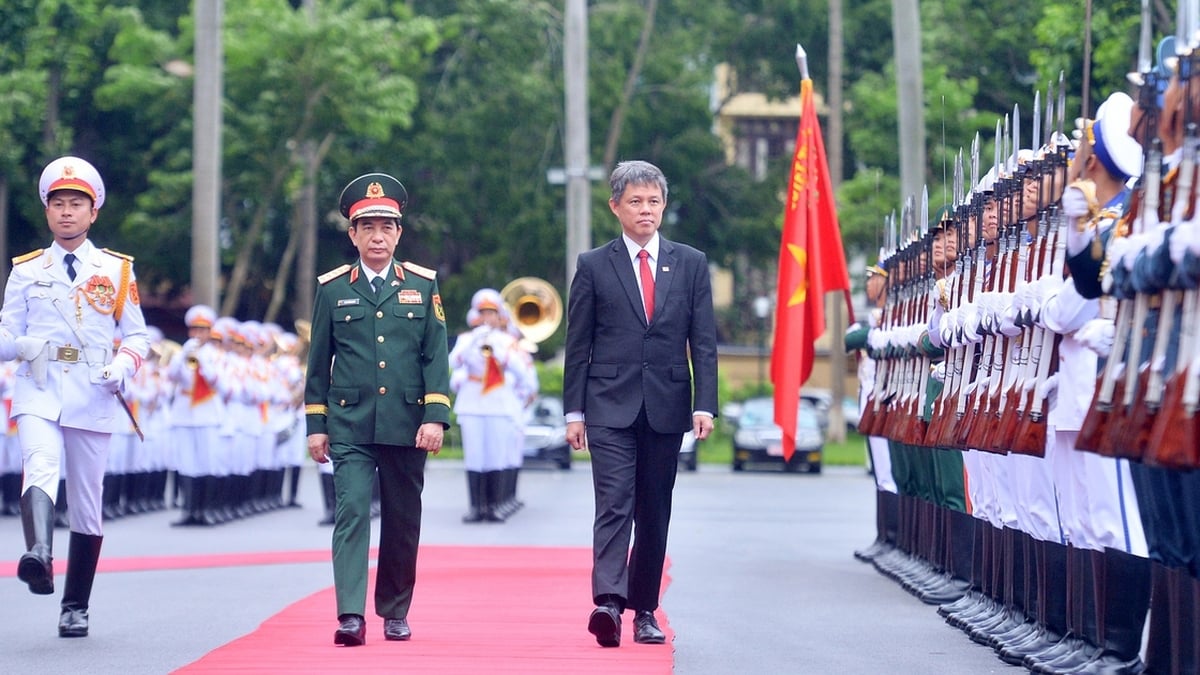


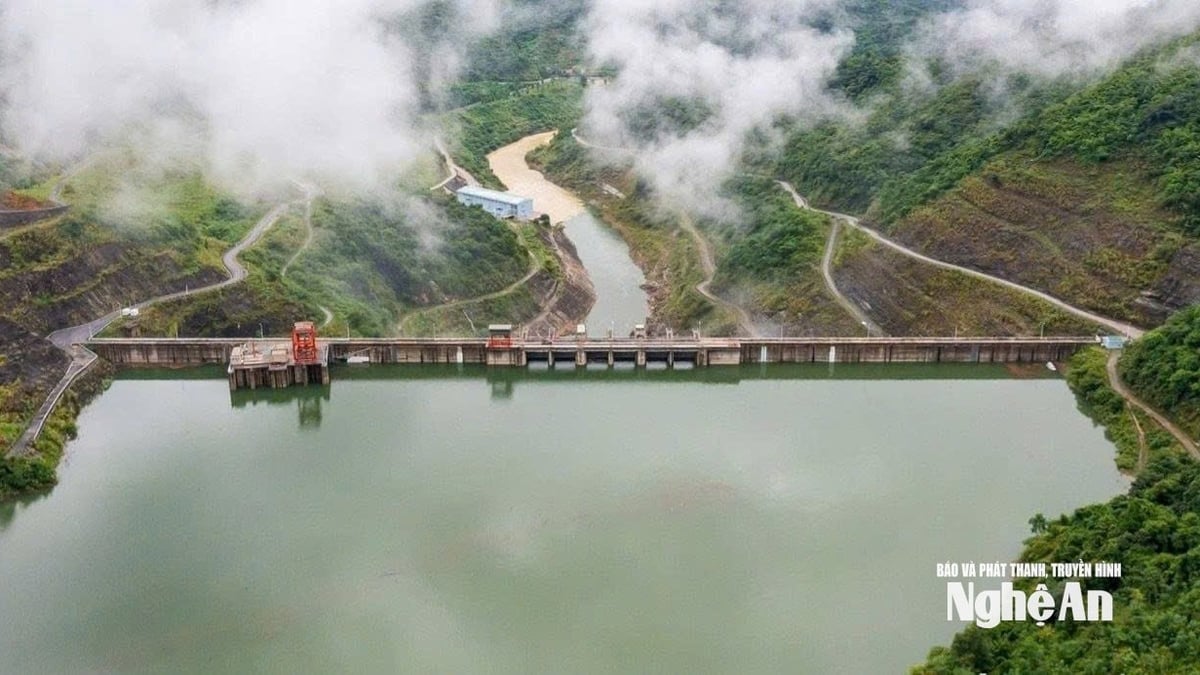

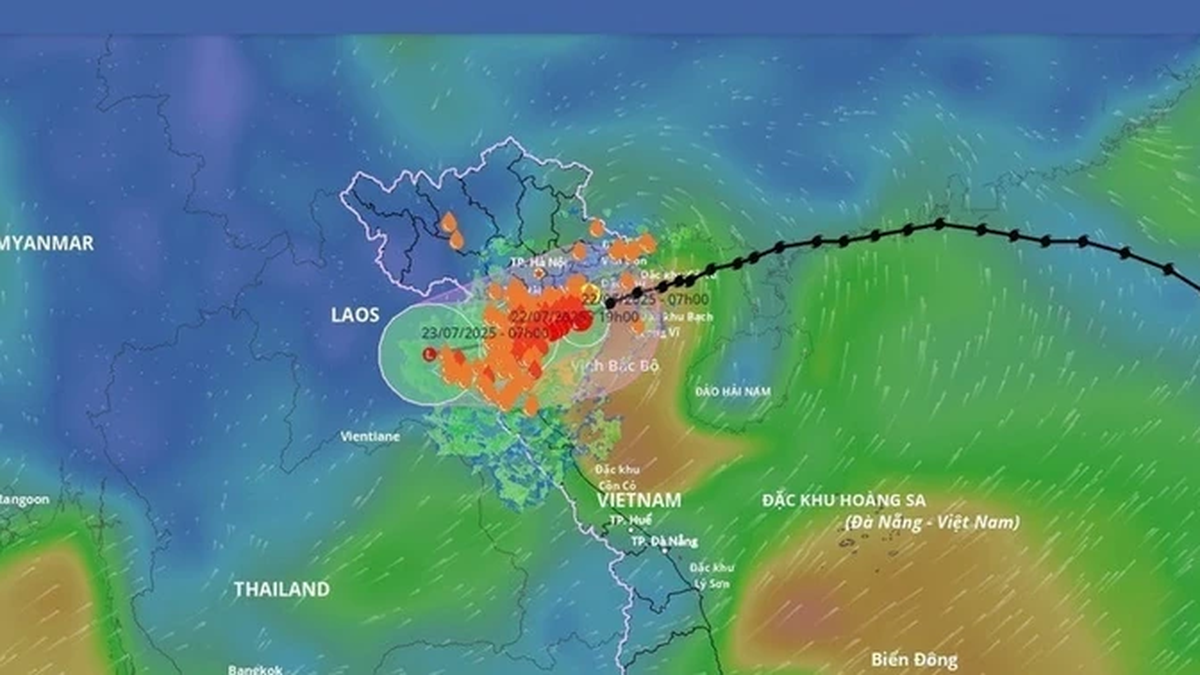

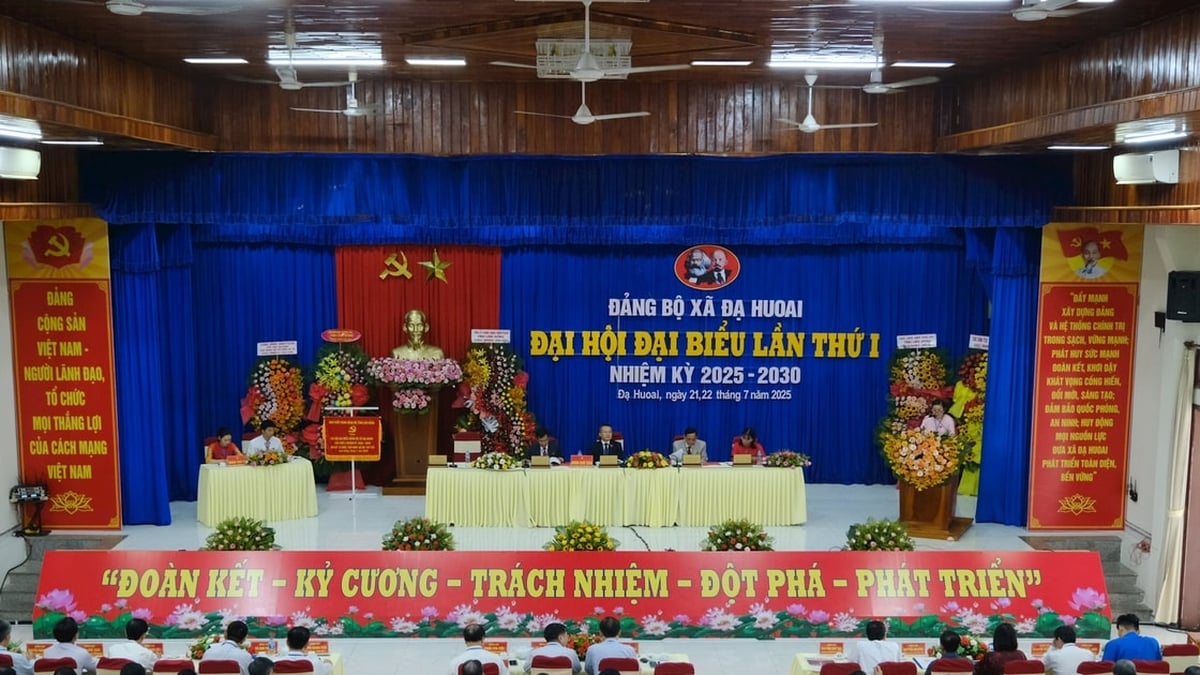














![[Photo] National Assembly Chairman Tran Thanh Man visits Vietnamese Heroic Mother Ta Thi Tran](https://vphoto.vietnam.vn/thumb/1200x675/vietnam/resource/IMAGE/2025/7/20/765c0bd057dd44ad83ab89fe0255b783)



































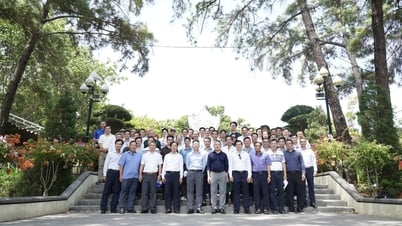

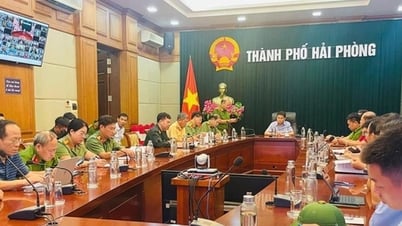








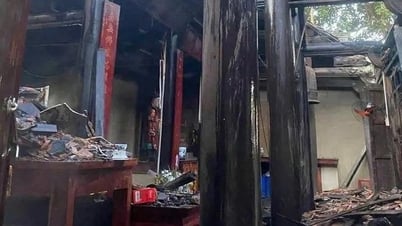


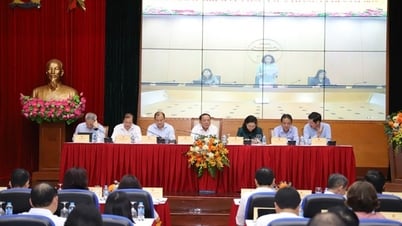


























Comment (0)